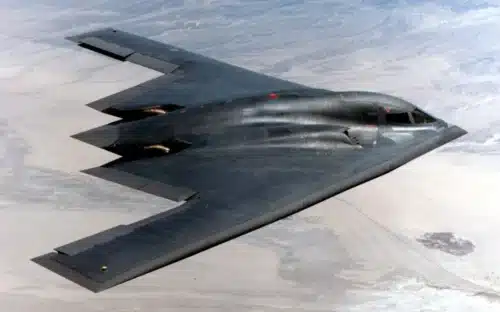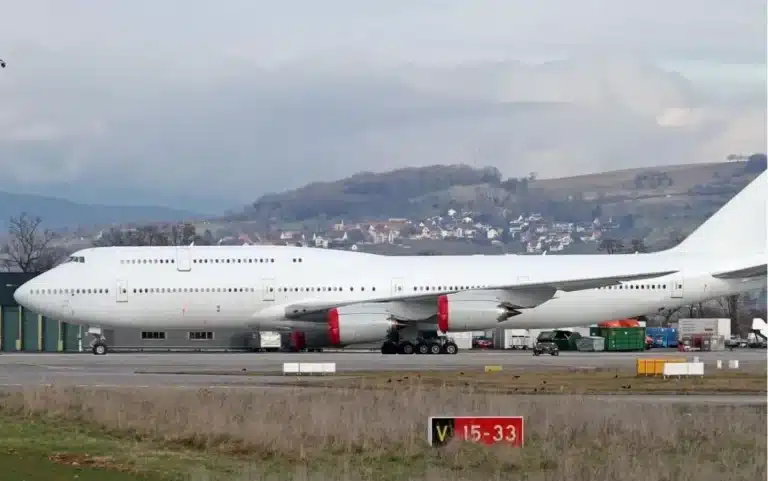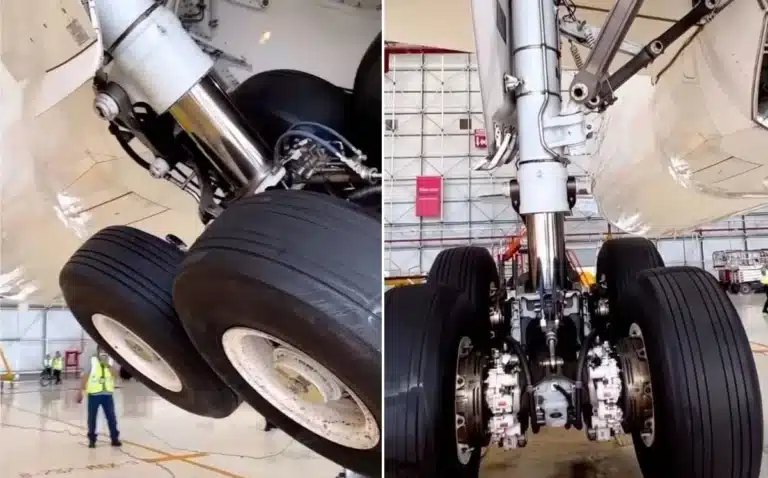A massive star explosion 3,000 light-years away will light up our night skies for the first time in eight decades.
The best part is that you will be able to witness this grand celestial event with the naked eye.
No special tools will be required.
Scientists estimate that the explosion could occur at any time between now and September 2024, so there’s a bit of uncertainty around the exact timing.
READ MORE: ‘UFO expert’ claims to have captured ‘holy grail’ evidence during space station livestream
The star, called T Coronae Borealis, or T CrB, last exploded back in 1946.
And now, astronomers believe it’s about time that the explosion will happen again.
Lucky for us, this time the explosion seems to be about two years ahead of schedule.
For most of us, this is a once-in-a-lifetime event – although obviously there will be a few select people around from 1946 as well.
The T CrB star, in the Corona Borealis constellation, is normally too dim for the naked eye to see.
However, when the star explosion happens, you’ll be able to see it as the explosion makes it relatively brighter.
To put that into perspective, it will become as bright as the Polaris – also known as the North Star – according to NASA.
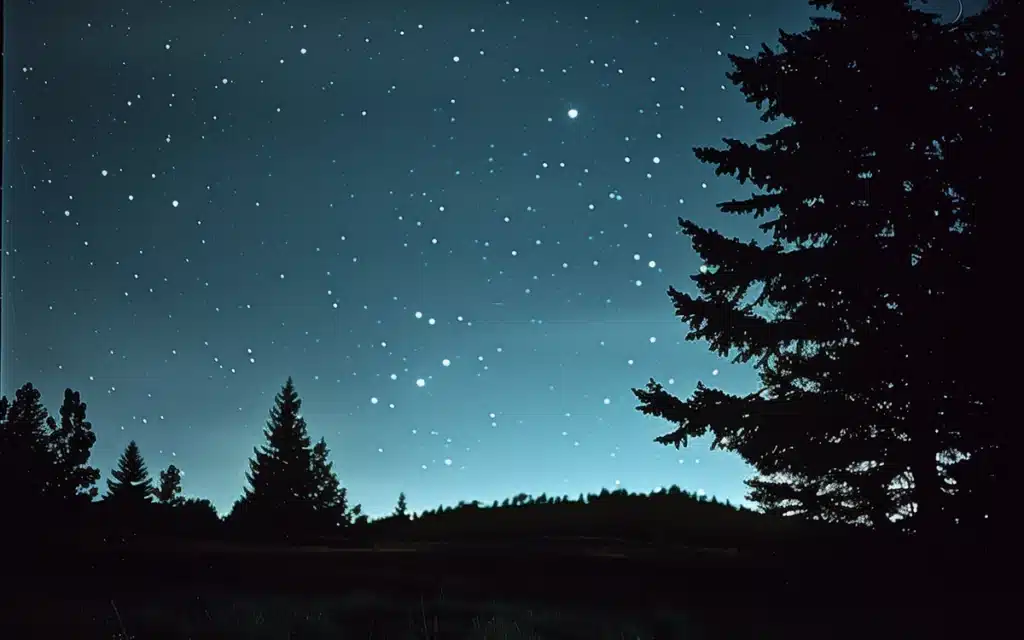
Speaking of NASA, they’ll no doubt use the James Webb Telescope to observe the explosion as closely as they possibly can.
When the grand event happens, it will start a nuclear explosion — making the light travel all the way to Earth.
It will appear as if a second North Star has just become visible, for a few days at least.
Interestingly, this nova – a name for when a start brightens – is only one of five recurring novas in our galaxy.
Astronomers have constantly been monitoring cosmic events like this.
And only recently, they found a body of water in a black hole 30 billion trillion miles away.
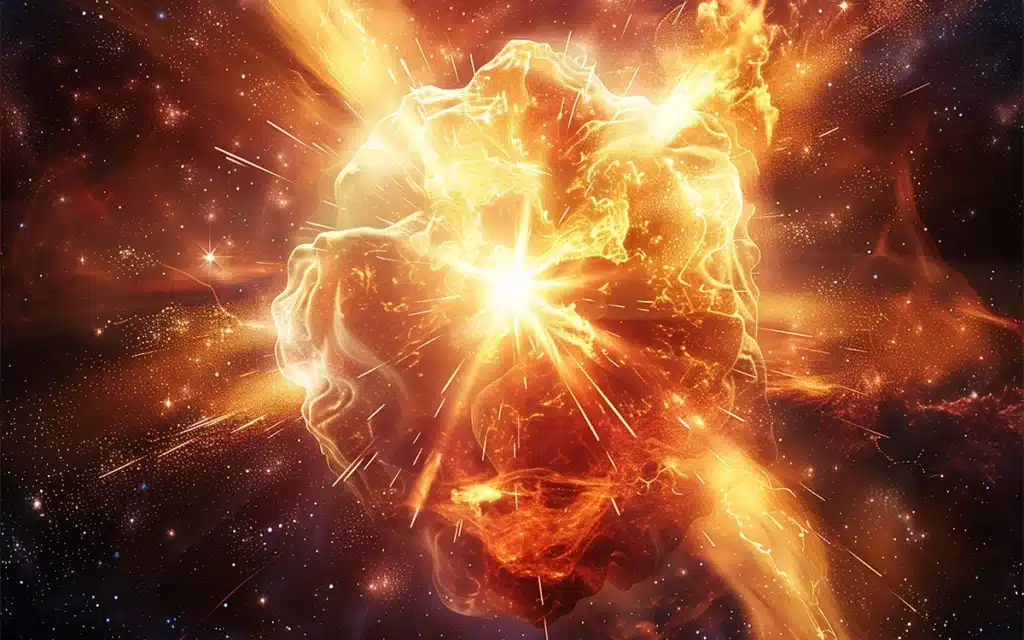
But why does the star explosion happen?
Let’s take a closer look at the constellation Corona Borealis, or the ‘Northern Crown’ that exists 3,000 light-years away.
The ‘T CrB’ is a binary system — with two distinguishable stars that collide.
One of them is a cool dying star called a ‘red giant,’ which has expanded and is about to end its cycle.
The other is a ‘white dwarf’, which is a later stage in a star’s death cycle when only the star’s core remains.
Both of these exist in a locked orbit, with the latter orbiting the red giant.
The red giant releases gas constantly, and the white dwarf collects it.
Once the white dwarf’s mass reaches roughly the mass of Earth, it heats up and starts the nuclear reaction.
All this takes 80 years to complete.
Pretty amazing right?
Once the explosion calms down, the cycle will restart and happen again after eight decades.
Some of the images in this story were generated using AI.





